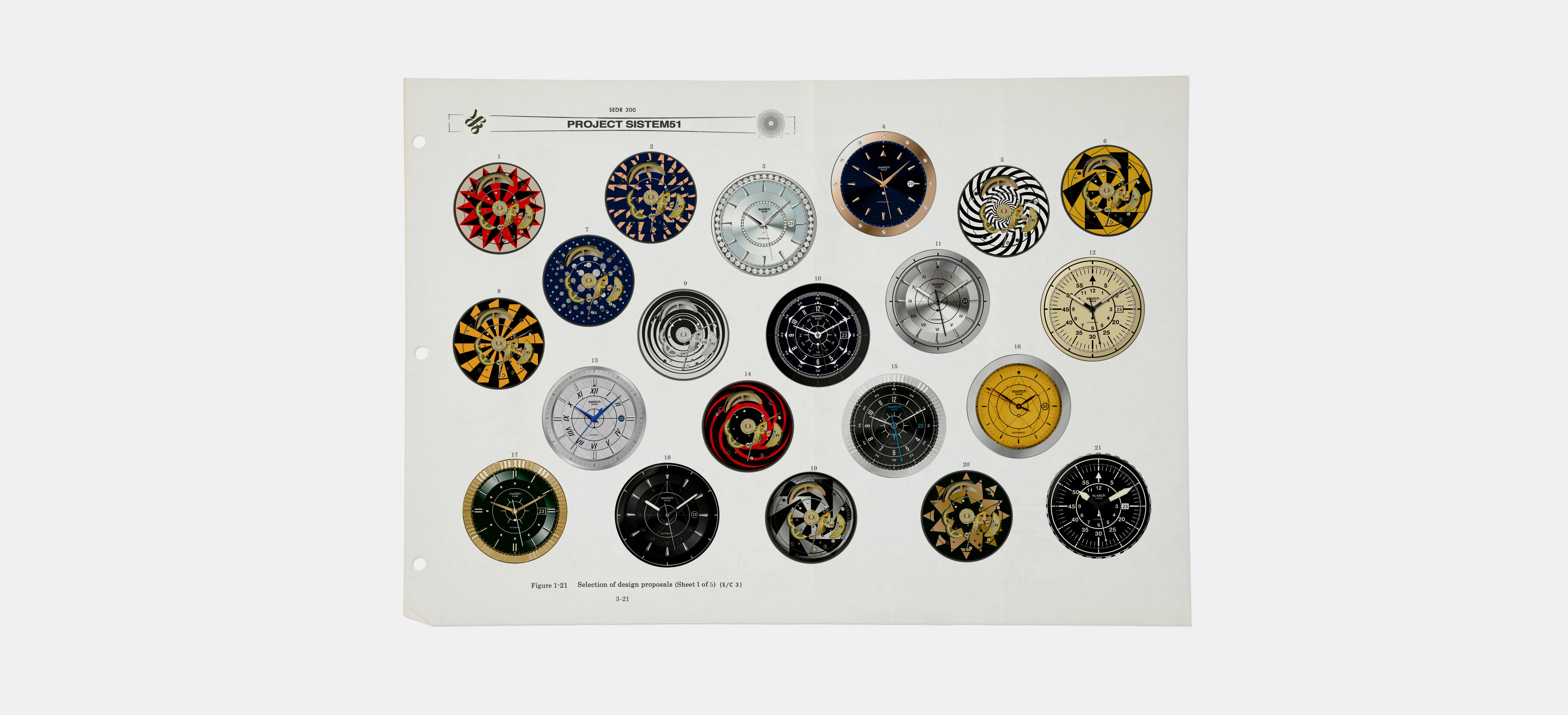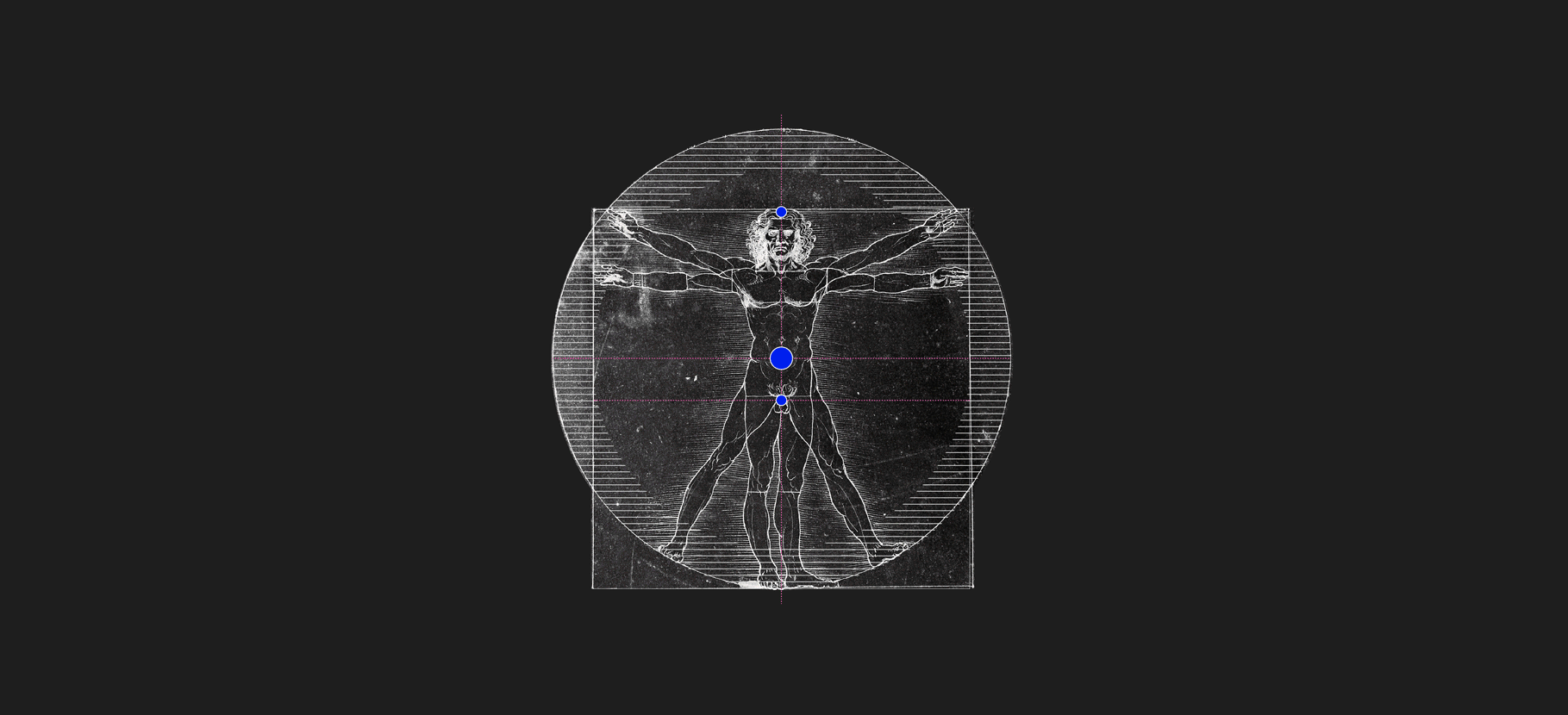Antonio Fazio aka "Ato" is an Italian art director and designer, born in Switzerland in 1984. He studied graphic and product design at Eracom in Lausanne and graduated in 2010. He has lived, worked and lectured in Paris, New York, Milan and is now based in Lausanne. He collaborates with brands such as Prada, Versace, Maserati, Swatch, Hennessy, Adidas, the NBA and Eterna, to name a few.
© 2023 Antonio Fazio. All rights reserved.
Swatch / Sistem–51 Irony
Product Identity / Part 3





The S-51 Irony Identity Concept
Above: the design and the printing zones obtained through the visual concept.
This modular layout is used as a reference for all the dials of the Sistem51 Irony Collections.
It allows a freedom in the design process and most importantly, a visual consistency through the different collections.
It allows a freedom in the design process and most importantly, a visual consistency through the different collections.
Country: Switzerland
Released: March 2015
Role: Design Coordinator of the Artistic and Technical development for the entire S51 Irony project.
Released: March 2015
Role: Design Coordinator of the Artistic and Technical development for the entire S51 Irony project.
Duties: Concept, Research, Form Study, Graphic Design, Product Design, Product Identity, Material Development.
The Vitruvian Man, Italian: Le proporzioni del corpo umano secondo Vitruvio or simply L’Uomo Vitruviano, is a drawing by Leonardo da Vinci around 1490. It is accompanied by notes based on the work of the architect Vitruvius.
The drawing, which is in pen and ink on paper, depicts a man in two superimposed positions with his arms and legs apart and inscribed in a circle and square. The drawing and text are sometimes called the Canon of Proportions or, less often, Proportions of Man.
The drawing is based on the correlations of ideal human proportions with geometry described by the ancient Roman architect Vitruvius in Book III of his treatise De Architectura. Vitruvius described the human figure as being the principal source of proportion among the Classical orders of architecture. Vitruvius determined that the ideal body should be eight heads high. Leonardo’s drawing is traditionally named in honor of the architect.
“Leonardo believed the workings of the human body to be an analogy for the workings of the universe.”
The drawing, which is in pen and ink on paper, depicts a man in two superimposed positions with his arms and legs apart and inscribed in a circle and square. The drawing and text are sometimes called the Canon of Proportions or, less often, Proportions of Man.
The drawing is based on the correlations of ideal human proportions with geometry described by the ancient Roman architect Vitruvius in Book III of his treatise De Architectura. Vitruvius described the human figure as being the principal source of proportion among the Classical orders of architecture. Vitruvius determined that the ideal body should be eight heads high. Leonardo’s drawing is traditionally named in honor of the architect.
“Leonardo believed the workings of the human body to be an analogy for the workings of the universe.”